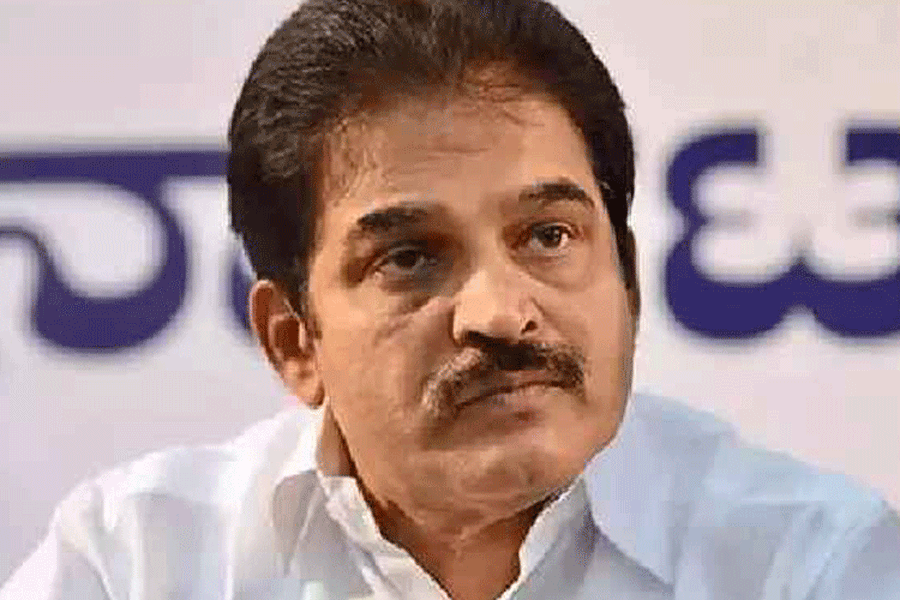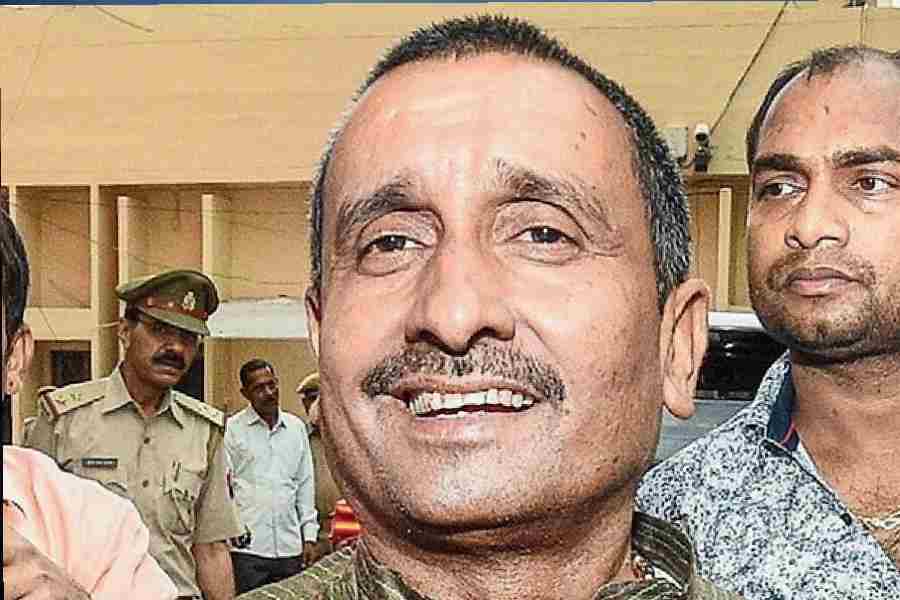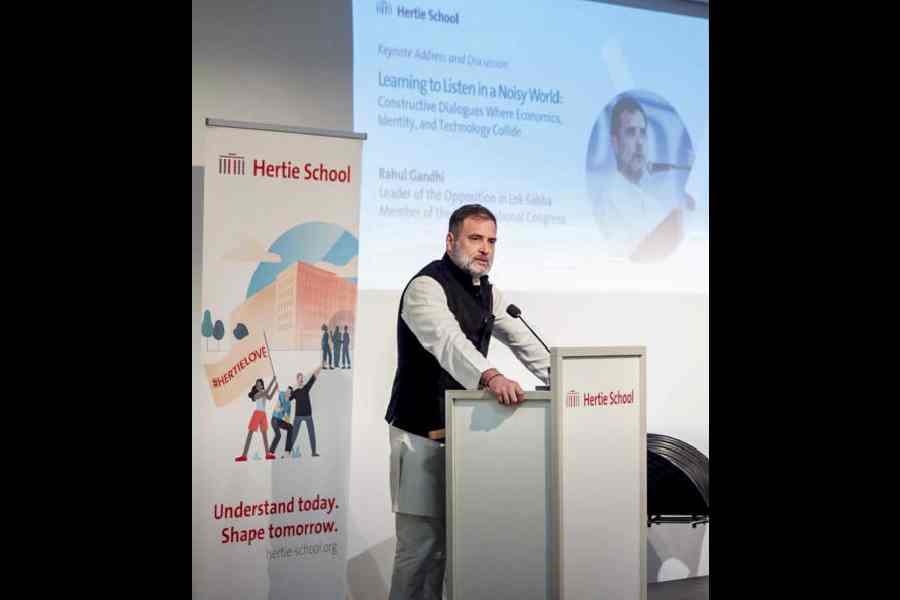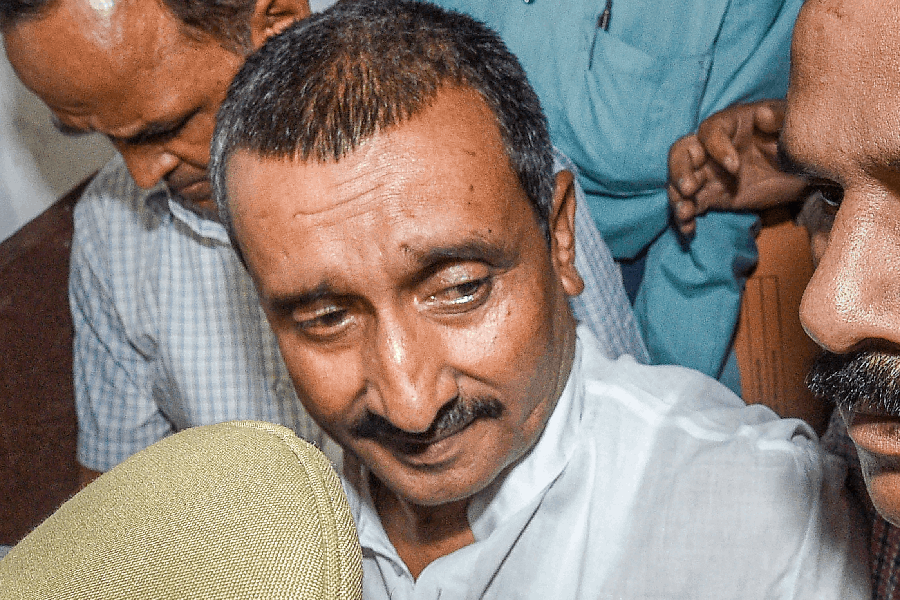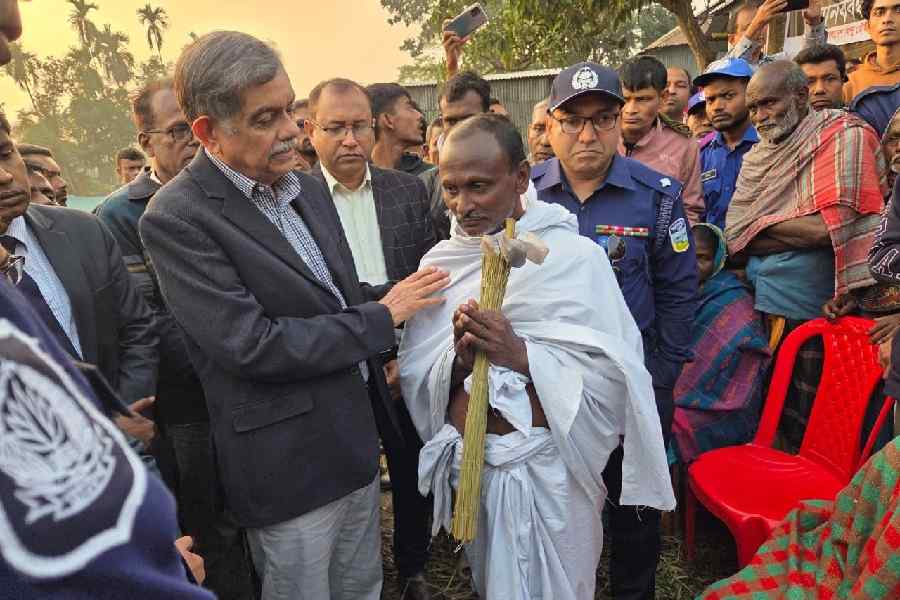 |
New Delhi, Nov. 16: None of the multiple computer simulations used by a UN climate-change agency for assessments of global warming appears good enough to predict how India’s monsoon will behave, two Indian scientists have said.
The researchers examined 10 simulations of future climate scenarios used by the UN Intergovernmental Panel on Climate Change (IPCC) and found none could reproduce correctly the behaviour of even 20th-century rainfall.
Not a single model could simulate realistically key features of the Indian monsoon such as maximum activity over the Bay of Bengal and the Northeast and along the west coast, and minimum activity over the northwest, the researchers said. They have presented their analysis in a review paper in Current Trends in Science, a publication of the Indian Academy of Sciences.
In attempts to assess impacts of global warming, the IPCC considered 17 models of how climate would evolve as carbon dioxide levels in the atmosphere rose. Some models predict more rainfall over India, but with great uncertainty.
“The models have very serious problems in simulating even 20th century monsoon patterns,” said Madhavan Rajeevan, a senior scientist at the National Atmospheric Research Laboratory, Tirupati, and a co-author of the paper.
“When a model (computer simulation) cannot even show with reasonable accuracy monsoon behaviour in the past, there’s a big question mark over its ability to predict future patterns,” Rajeevan told The Telegraph.
Rajeevan and Ravi Nanjundiah, an atmospheric physicist at the Indian Institute of Science, Bangalore, and co-author of the paper, studied the capabilities of the 10 “best-performing” models developed by climate scientists in Europe, Japan and North America, ignoring seven models whose performance was worse.
All 10 models predicted less rainfall over the atmospheric feature called continental tropical convergence zone -— the rain belt whose fluctuating positions over India determine where and how much rainfall will occur — than what had actually been observed. The models also failed to simulate the connection between Indian Ocean surface temperatures and rainfall.
“But we have reason to believe that the monsoon is very sensitive to even slight changes in sea surface temperatures in the Indian Ocean region,” Rajeevan said.
The review paper comes within a week of India’s ministry of environment releasing a paper by an Indian glaciologist challenging suggestions from the IPCC that glaciers in the Himalayas are likely to disappear by 2035.
Vijay Raina, former deputy director-general of the Geological Survey of India, had, as reported by this newspaper last week, reviewed available data to argue that while Himalayan glaciers were melting, there was no evidence to suggest that global warming has enhanced this loss.
Atmospheric scientists say they are not surprised by the review on climate models.
“I also worry about climate change, but current predictions about how it may impact the Indian monsoon should be taken with a tonne of salt,” said Sulochana Gadgil, professor of atmospheric sciences at the Indian Institute of Science, Bangalore, who has spent years analysing climate models.
A climate modelling specialist at the Indian Institute of Tropical Meteorology (IITM), Pune, who had contributed to the fourth assessment report of the IPCC, released in 2007, said that given the current state of knowledge of atmosphere and oceans, it would be “futile” to look for a single good model to predict the monsoon.
“The monsoon is among the most complex weather systems known —it is clear (that) all models get into trouble when trying to predict the monsoon,” said Kanikicharla Krishna Kumar, a senior scientist at the IITM.
“All existing models have a major limitation. They fail to adequately take into account key terrain features that influence rainfall. Neither the Western Ghats nor the funnel-shaped hilly terrain of the Northeast is factored in these models.”
In a presentation at a conference organised by the environment and forests ministry last month, Kumar said his analysis of 48 climate simulations based on 22 models had revealed two patterns. About three-fourths of the simulations showed increased monsoon rainfall with global warming; the others showed reduced rainfall.
But the increase of 8 per cent was not statistically significant because it fell within the 10 per cent natural variability of the monsoon, Kumar said.
He said future attempts to predict the monsoon should be aimed at combining the results of multiple models, an ensemble that would allow scientists to correct inherent model errors and improve forecasts.


